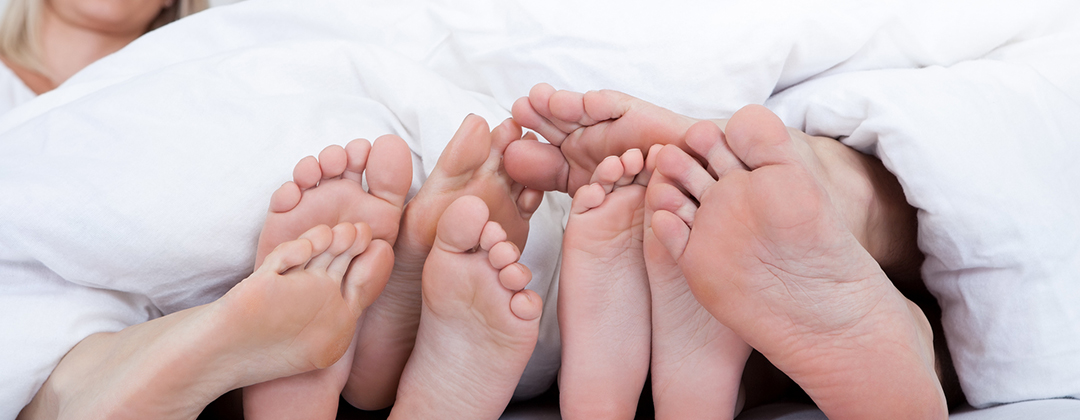Is a skin lesion cause by the human papillomavirus, which infects the outer layer of the skin (the epidermis). The virus is transmitted by contact and although most verrucas do typically go away on their own, and may not require treatment, some do become painful, bothersome, rapidly spread, or don't go away, even after several years, and do need to be treated.
Diagnosis
Your podiatrist will carry out a thorough foot examination and may ask you about your medical history, lifestyle, footwear.
Treatment
Firstly it must be noted whilst there are a wide ranged of treatment available for Verruca. Not single treatment is 100% guaranteed and no treatment is as clinically effective. The aim of treatment is to remove the overlying callus (hard skin) and enable the treatment of choice to have a greater impact on the virus.
Treatments include:
- Salicylic acid
- Duct tape
- Over the counter chemical treatments as advised
If left untreated
The viruses tend to go of their own accord, however this can take a long time.
For more medical information click here.
Achilles Tendonitis
Achilles tendinitis is a common condition that causes pain along the back of the leg near the heel. The Achilles tendon is the largest tendon in the body. It connects your calf muscles to your heel bone and is used when you walk, run, and jump.
More InformationCorns & Callus
When we walk or stand, our body weight is carried first on the heel and then on the ball of the foot, where the skin is thicker to withstand the pressure. When this pressure becomes excessive, some areas of skin thicken in the form of corns and callus.
More InformationMetatarsalgia
This is a general term used to denote a painful foot condition in the ball of the foot. This is a common foot disorder that can affect the bones and joints at the ball-of-the-foot.
More Information
